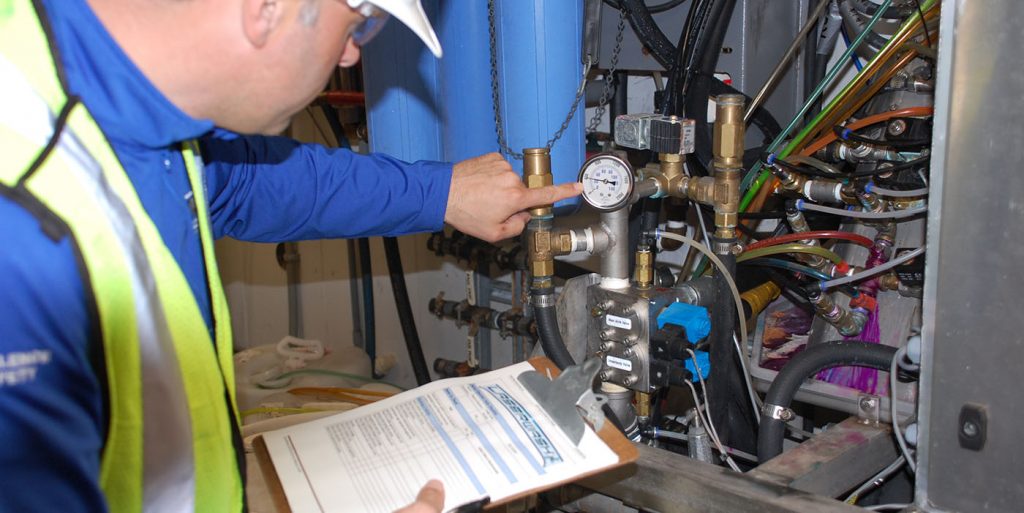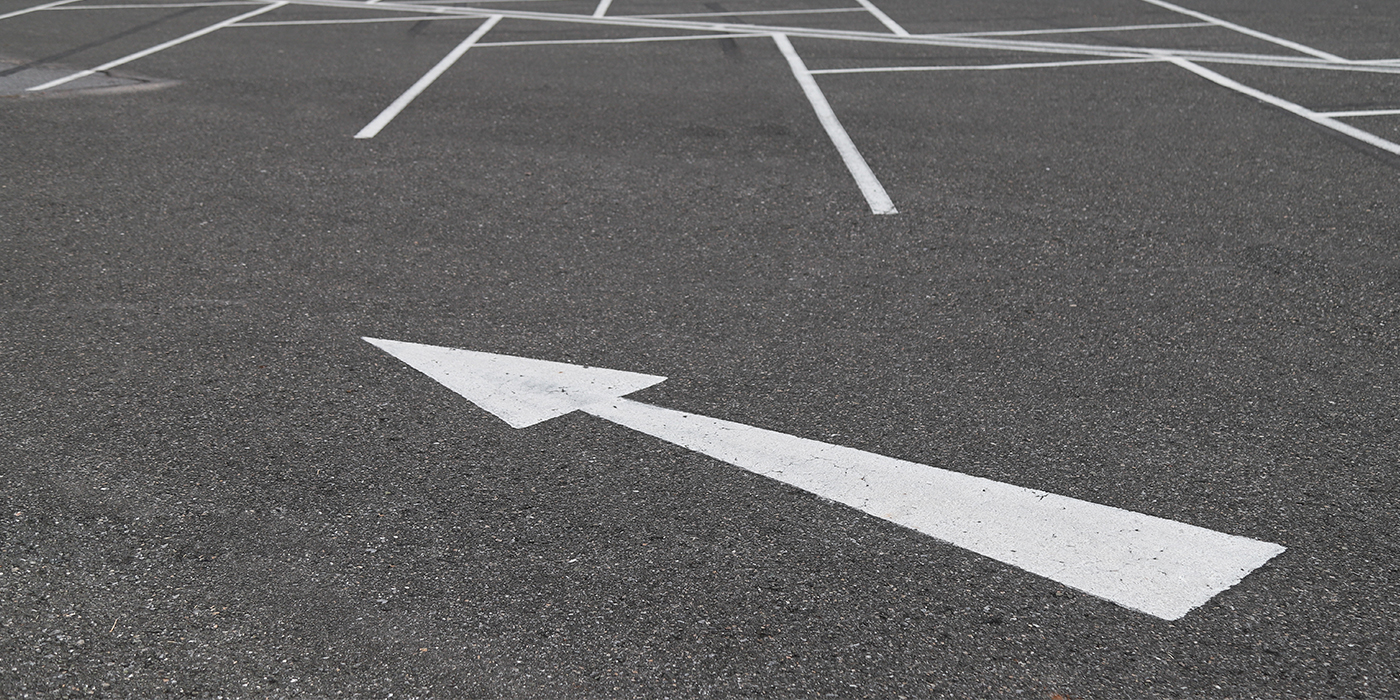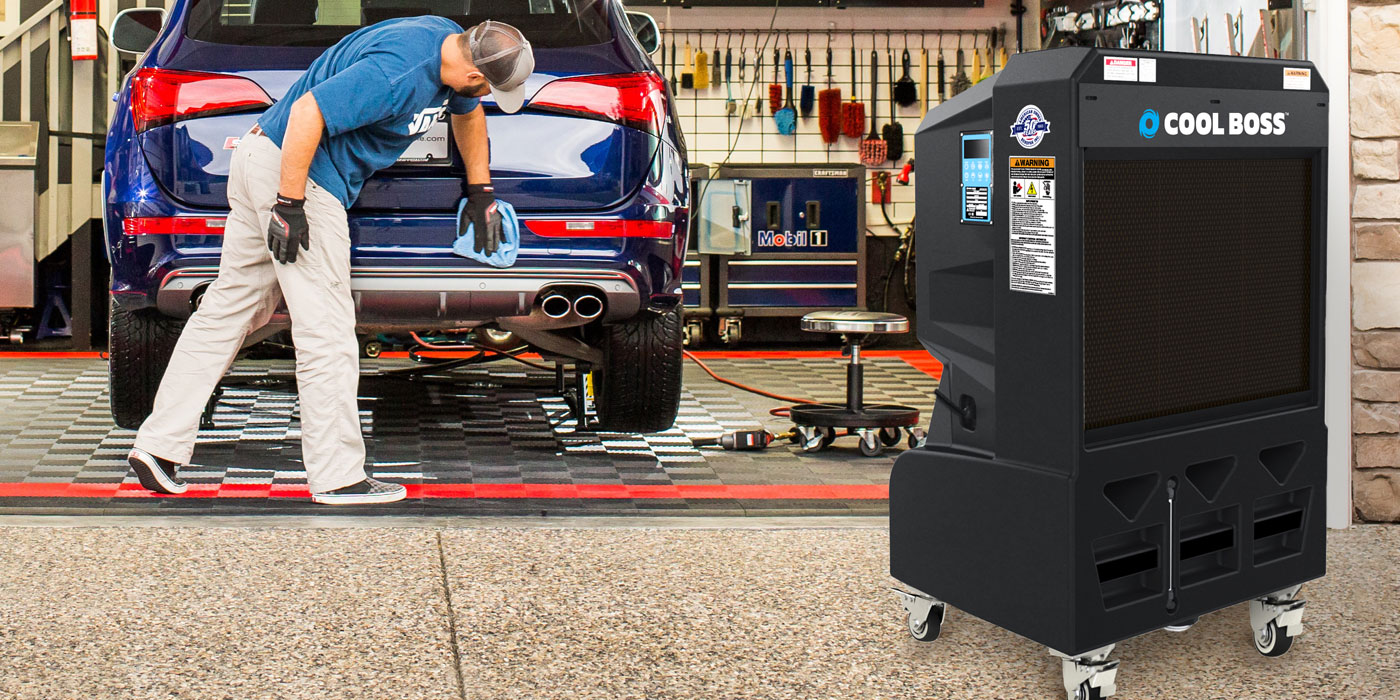Hollywood has trained us to have certain expectations. For instance, whenever a character says, “What could possibly go wrong?” you know to expect a major problem to crop up in the next scene, if not the next second. As a carwash owner, some days may feel like this scenario. It’s a sunny morning, and you arrive at your carwash refreshed and find everything in working order. You are ready to start a profitable day of washing. What could possibly go wrong?
This is usually when Murphy’s Law — anything that can go wrong will go wrong — tends to kick in. Carwashes are a system of complex machines, after all, and if these machines aren’t maintained regularly, you’re setting yourself up for failure.
This article will look at some of the most common problems carwashers face and how to fix them.
Mechanical issues
Many times, it’s the smallest parts that cause the biggest trouble. For instance, according to Bob Schaefer, sales and customer support for AVW Equipment Co., one of the more common issues in a carwash is that operators tend to either under-grease or over-grease bearings. In fact, not having a regular or proper greasing schedule for bearings is generally the leading cause of bearing failure.
How can you tell if you’re over-greasing? Basically, if you can see the grease, then you’ve gone too far. Many operators are under the misconception that if they can’t see the grease as they’re pumping it into the bearing, it’s not enough. However, Schaefer notes, when you overfill a bearing like that, it pushes the seal out, causing the grease to ooze into view.
“The problem with that … is now you’ve overfilled the bearing and you’ve blown the seal, and now water can get in there. And that is a major cause of bearing failure in carwashing. You don’t want to break that seal,” Schaefer warns.
Another problem area at carwashes is the vacuums. The most common issue with vacuums is that they get plugged with the various things customers try to suck up through them. Although Schaefer notes that the turbine is generally protected and the debris likely won’t do any damage to the actual equipment, plugged lines are going to reduce suction power.
Related: Ensuring efficient vacuums
Since customers at all types of carwashes personally handle vacuums, they are more likely to notice this sort of problem. And, if your customers can’t clean their vehicles because your vacuums aren’t working well, they are likely to defect to the competition in search of better vacuums. Just a little work on your part can prevent losing the money that comes from a loyal customer.
Conveyor problems
Tunnel carwashes come with their own specific sets of mechanical problems, since conveyors add even more moving parts to the equation. Chains, rollers, sensors, pits — you name it, something can happen to it.
There are three primary sensors that enable conveyor carwashes to run, and operators should know where they are and how they operate in order to keep the tunnel functioning. The first sensor is the conveyor pulse switch, which tells the system how far a vehicle has travelled down the conveyor. The second is a photo eye mounted before the first piece of equipment that works in conjunction with the pulse switch and starts the wash process. The third sensor is a roller-up switch that identifies how many rollers have come to the top deck of the conveyor.
According to Chris Moskal, Belanger technical support supervisor with OPW Vehicle Wash Solutions, dirty conveyor pits often prove problematic for the conveyor pulse switch. “Typically, there is a junction box in the conveyor pit where the sensor is wired, and if this sensor fails, it’s likely that the junction box is underwater, meaning the sensor can no longer operate. Keeping the conveyor pit drained and clean will eliminate this problem,” Moskal explains.
Of course, a dirty pit doesn’t just affect the conveyor pulse switch. Moskal notes that the debris — sand, grit, dirt, etc. — in a pit will get between the urethane rollers and journals and cut grooves into them, causing premature wear.
Sometimes, however, wear at the exit of the conveyor, such as a chewed-up trap door or extra wear on the chain, is the result of improper installation and not necessarily poor maintenance.
According to Schaefer, “If … the installation of the conveyor and the construction of the floor and the exit ramp to the wash are not done so they encourage the vehicle … to roll out the door … you’ve now got anywhere from a ton and a half to four tons of metal that’s pushing around on your conveyor and making it work extra hard just to finish its job. You need to make sure that you allow the car at the end of the conveyor to roll slightly downhill. The perfect kind of slope [is where] it actually pulls away right at the very end from the roller and is downhill.”
Finally, for those that have an air system to control chain tension, another common issue concerns the air compressor. Schaefer notes that many operators — to their detriment — choose not to install an air dryer after the air compressor.
With carwashes being such humid places, those compressors suck in humid air, which will eventually condense as it flows down to the air cylinder in the lower, colder part of your wash. The water from the air will react with the silicone oil there to form a white, chalky film inside the cylinder, causing the plunger to fail.
“You spit your chain or get roller jams,” Schaefer states. “Yeah, you saved $1,000 by not putting in an air dryer, but what did it cost you on the day when the thing finally stopped working? It’s just not worth the risk. [An air dryer is] a basic thing that needs to be put in all tunnels.”
Related: An overview of flat belt conveyors and maintenance
Keeping water and chemicals flowing
Water and chemicals are the lifeblood of a carwash. Just like a clogged or damaged artery will cause health problems in your body, a malfunction in the water and chemical delivery systems will have similar detrimental effects on a wash.
According to Moskal, a common issue at carwashes concerns the plumbing of water and chemical injection from the backroom area to the equipment or system. The key to figuring out the solution is to know where to look. The knowledge comes from understanding how your feeds and lines are laid out.
“To avoid confusion, a good rule of thumb is to understand that your water and chemical supply chains have a beginning point, a middle point (such as a manifold) and an end. By starting in the middle portion, we will know whether to troubleshoot back to the source or out to where the water or chemical is being dispensed,” Moskal explains.
Touch-free washing
“In a friction tunnel, you’ve got the mechanical action of the cloth or the foam and you’ve got the chemistry working as a team. Once you get into the touchless [in-bay automatic or] tunnel, you’re depending upon the chemistry and pressure … action of blasting water,” Schaefer says.
As such, the issues that happen in touch-free systems tend to stem from water pressure problems. Some of this is seasonal. In the summer, for instance, oil from the road and bug remains plague cars, while in the winter, salt covers them. These problems require different chemical and pressure solutions, so operators need to adjust their systems accordingly. As for the transitional seasons, there’s more guesswork involved, which makes things a little tougher.
But if you’re already making seasonal adjustments, another issue could be unregulated water pressure. For example, many carwashes in older parts of cities may find that when they do a test wash in the morning, the car comes out both clean and dry; in the afternoon, however, there appear to be more wet spots. What’s happened?
According to Schaefer, by the time the afternoon hits, people are awake and using water elsewhere in the neighborhood; as a result, the area’s water pressure lowers, pushing less water into your wash. Your chemical concentrations change, meaning your ratio of drying agent to water has altered, leaving you either with wetter cars or drying agent spots.
“So, if you’re having this kind of problem and you don’t have excess water pressure, as a lot of older city locations don’t, you need to put in a booster pump or something to make sure the feeds on your water pressure [are consistent],” Schaefer recommends.
“Shorting” out electrical problems
Just like how dips in city water pressure can affect your chemical ratios if you don’t have a booster pump installed, the same can happen with voltage and cause your equipment to shut down unexpectedly. While there is little your business can do in this case, Schaefer recommends consulting with your local utilities to see if they can fix a local transformer, for instance.
Nevertheless, there are electrical problems that can be fixed at the wash itself, but unless you are skilled in doing electrical troubleshooting or repairs, Moskal always recommends using licensed electricians and consulting authorized distributors. At the very least, however, Moskal says, “An operator must know where sensors such as proximity switches, limit switches, sonars, float switches and air switches are located and how they work and how they can be repaired or replaced if malfunctioning.”
And malfunction they can. Everyone knows that water and wires don’t mix. Unfortunately, carwashes are very wet places, and water can get into the wiring.
“I can’t tell you how many times you find problems with controller issues and motor issues in the carwash simply because the conduit runs have come into the motor control center or the controller or into the junction box on the motor … from the top,” Schaefer bemoans. “That’s a very strict rule. Warranties are void if you do that, but people still often forget about it or ignore it.”
If you’re wondering how water can get into a closed box like a controller, you have to realize that there is always water in the air at a carwash — it just may not be liquid at the time.
Carwashes are very humid at all times of the year. In the morning, you have cold boxes and cold conduit. However, after you start everything up and you’re generating lots of mist, that humid, water-laden air gets inside all of those electrical boxes, and when the air cools down again, it condenses. So, when water gets inside conduit that runs downhill into the top of a box and gets into your wiring, you can guess what will happen. Therefore, you should always lead your conduit in from the bottom.
Cleanliness and upkeep
Performing maintenance isn’t something that can be avoided or put off. After all, if you’re maintaining your carwash regularly, you’re more likely to notice when you have a bad bearing, a malfunctioning pump, a clogged nozzle or any other issue.
When you do find a problem, make sure that it’s the right one. Many people mistakenly think that they’re fixing a problem when they’re only fixing a symptom. Though they may “fix the problem” for the time being, it is bound to resurface. In order to find the real problem, Schaefer says, “Whenever you’re troubleshooting … you always need to dig for the root cause. And one of the ways to do that is to ask yourself ‘why’ at least five times.”
Part of maintenance also involves upkeep. You need to keep your carwash clean and attractive. Not only will a clean wash help you see things that are out of place, but it will also entice customers, thereby boosting profits. Think about it. You wouldn’t go to a dirty grocery store, salon or dry cleaner, would you? So why should your customers go to a dirty wash?
Get to know your system well, and create a preventative maintenance program and cleaning schedule that works best for your business. “Walk your equipment and look for things like chemical leaks. Listen for problems like air leaks or a motor that sounds funny. Look for things that are out of place, like items on the wash-bay floor, and always run a test wash before you open,” Moskal advises.
“A carwash machine is no different than any other machine,” concludes Schaefer. “If you maintain it and keep it clean and service it, it’s going to operate reliably for a long time. If you beat it to death every day and don’t pay much attention to it, it’s eventually going to make you pay for that mistake.”














